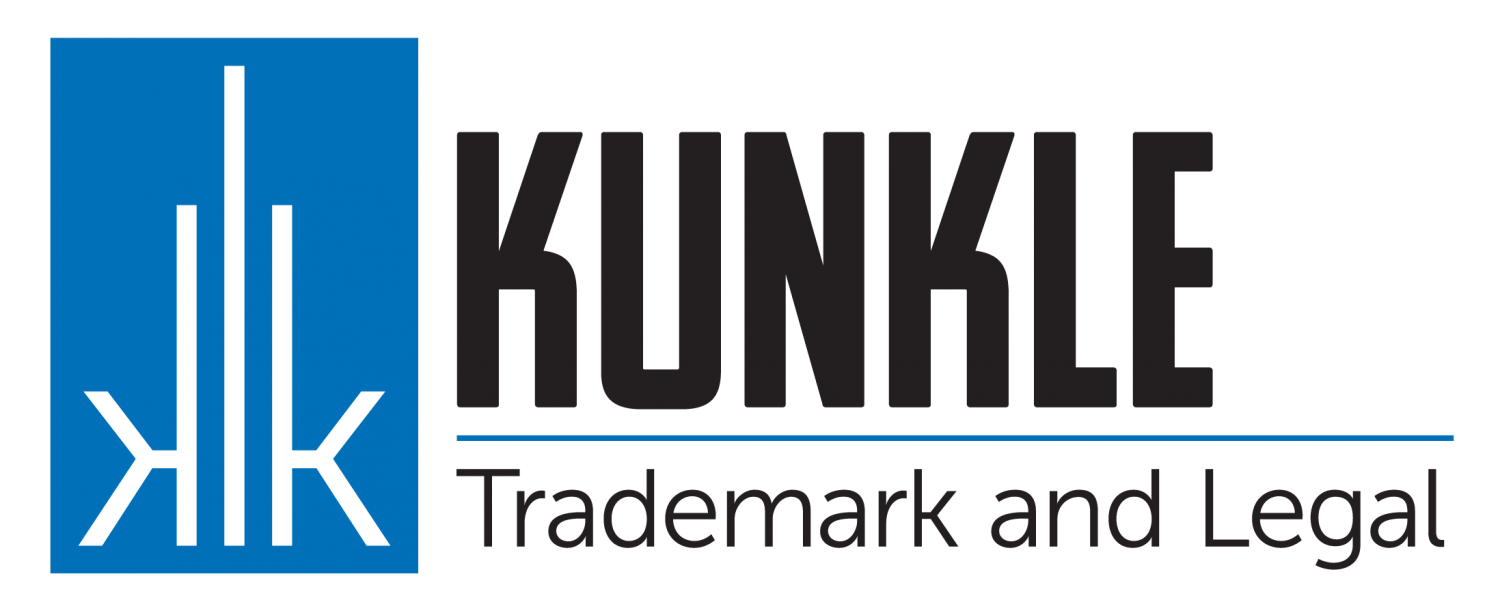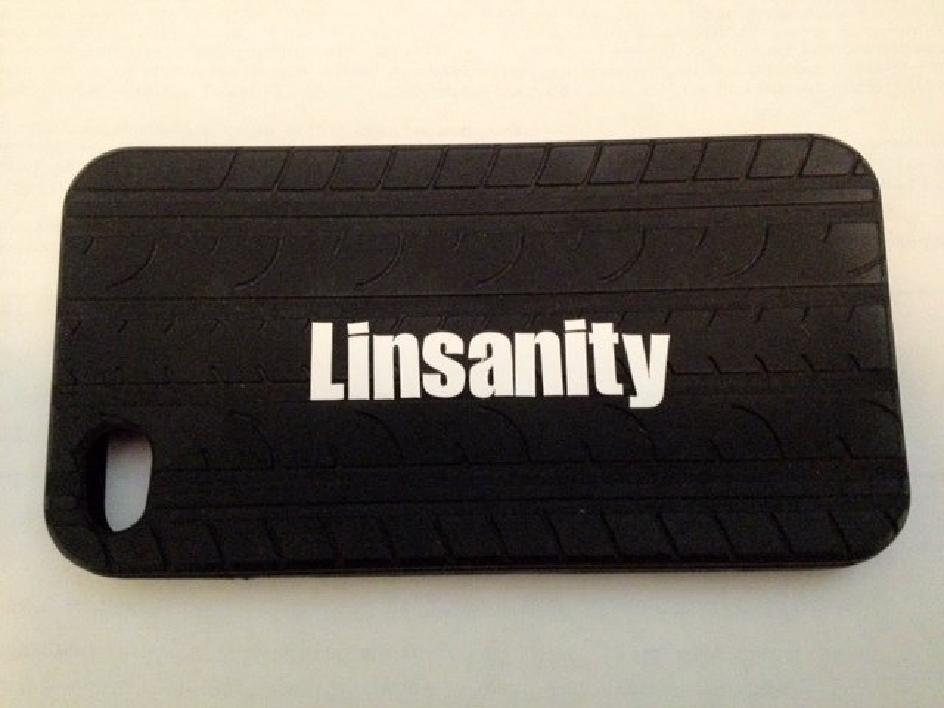
Of Flesh Eaters and Copyright
How Copyright Law Influenced Halloween
Have you ever seen Night of the Flesh Eaters? Probably, though you probably know it as the 1968 George Romero classic Night of the Living Dead. Now ask yourself why have you seen it (besides it being a fun little romp about zombies) – because it has been pervasively shown on broadcast television and other media for decades. While we now view this film as a classic, when it came out it was simply a B movie. The reason it received so much initial air time, however, probably had more to do with the formalities of copyright law than the artistic vision of George A. Romero and John Russo.
Up until March 1, 1989, in order to maintain a copyright in a film, a copyright notice was required somewhere on the work – in films this usually consisted of a listing on the title card showing the copyright symbol, the year, and the owner’s name. When the...


